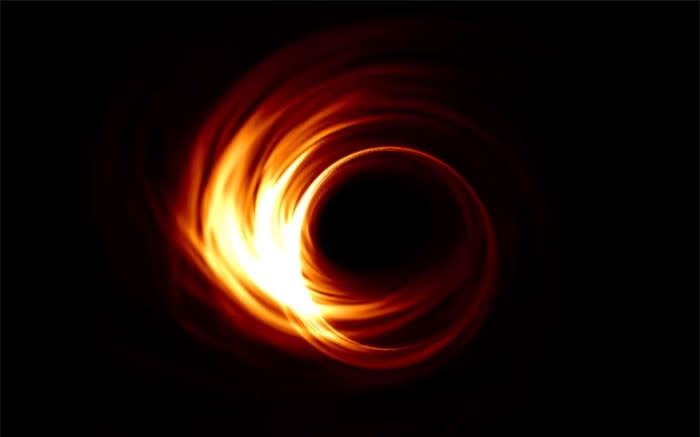China’s Radio Telescope Contributed to Capturing the First Black Hole Image

Tianma, which means ‘Heavenly Horse,’ has won the top prize at the 2018 Shanghai Science and Technology Award, on Wednesday. The radio telescope located in Shanghai has actively contributed to astronomy for almost ten years now and engaged in long-term observations which were utilized to validate data in the first capture of a black hole in the depths of the space.
Tianma has a diameter of 65 meters, and its precise location is the suburban Songjiang district in Shanghai. The radio telescope is the largest omnibearing movable telescope existing in Asia, and it is rated as the third in the world in a complete performance. Tianma first started to furnish astronomical observations in 2012.
Scientists in Shanghai explain that even if the Chinese telescope was not directly implicated in the data that made the first black hole image possible, its capacity to observe other phenomena on specific wavelengths assisted to the accurate measurement of the final information for the capture.
China’s Radio Telescope Contributed to Capturing the First Black Hole Image
Tianma radio telescope is a component of the East Asia Very Long Baseline Interferometry Network (EAVN). Shen Zhiqiang, lead of the Chinese Academy of Sciences’ Shanghai Astronomical Observatory and a part of the Event Horizon Telescope (EHT) international team that created the image of the black hole said that the gear that detected the signals ultimately translated into the capture, identified wavelengths of 1.3 millimeters, and there was no correlated gear in China.
However, Tianma and telescopes in the Republic of Korea and Japan had been making examinations at wavelengths of 7 and 13 millimeters of a while. The image showed the black hole at the core of Messier 87, a large, faraway galaxy located in the Virgo galaxy cluster. The black hole is about 55 million light-years from our planet and has a volume of 6.5 billion times higher than the mass of the Sun.
Shen said that China’s radio telescope enhanced the image quality of the EAVN array by approximately 50 percent, contributing significantly to the research on distant cosmic bodies in the Universe. Tianma has also had an essential part in deciding orbits for China’s explorations on the Moon and the deep space. The telescope will also determine orbits for China’s first Mars mission in 2020, Shen said.
0 comments